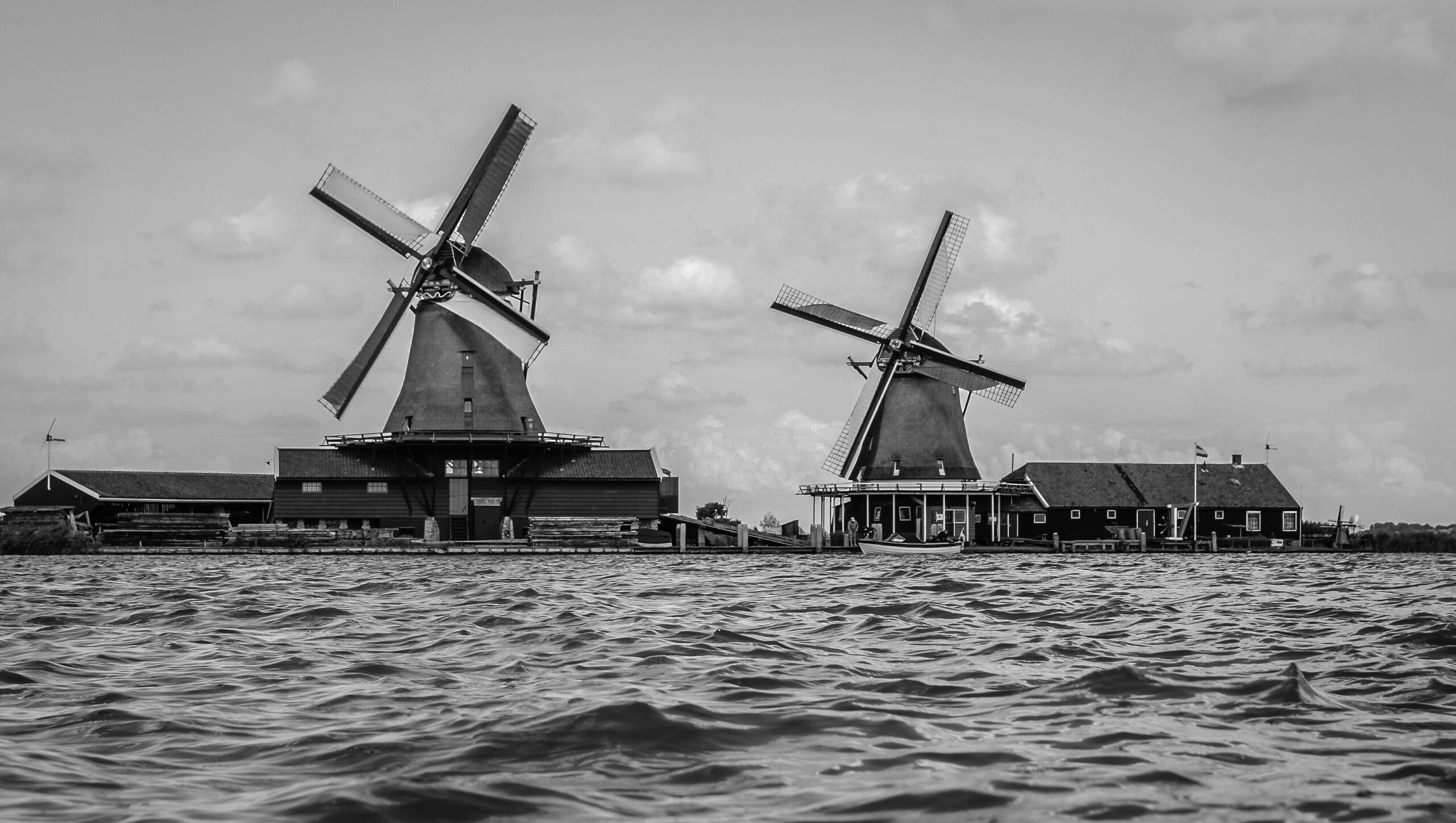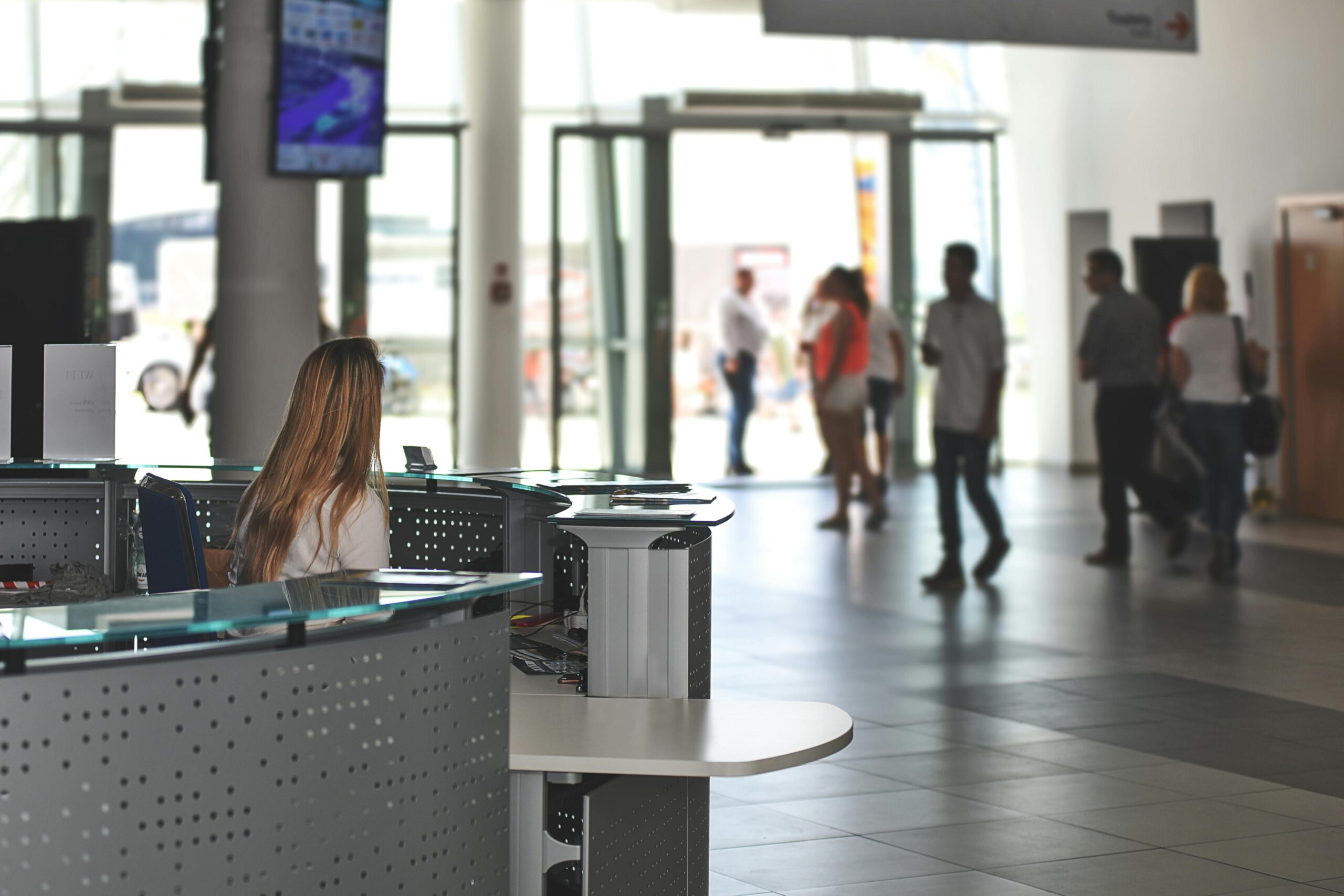In the wake of increasing climate-related challenges, managing flood-related disasters has become a paramount concern for communities worldwide. The integration of water mitigation technology offers a beacon of hope, turning the tide from chaotic flood responses to streamlined, efficient operations. This article explores how cutting-edge technology is revolutionizing the way we handle floods, making our responses faster, more effective, and ultimately more resilient.
Recommendation: Managing Multiple Water Mitigation Jobs Effectively
Understanding the Impact of Floods
Before delving into the solutions, it’s crucial to comprehend the magnitude of the problem. Floods are among the most common and devastating natural disasters, impacting millions of lives and causing extensive damage to property and infrastructure annually. The consequences of floods range from immediate loss of life and property to long-term economic and environmental repercussions.
The Role of Technology in Flood Mitigation
The advent of technology in flood mitigation marks a significant shift in disaster management. Here’s how technology is making a difference:
- Predictive Analytics and Early Warning Systems: Advanced algorithms and data analytics can now predict flood events with greater accuracy. These systems utilize weather forecasts, historical data, and real-time monitoring to provide early warnings, giving communities crucial lead time for evacuation and preparation.
- Remote Sensing and Aerial Surveillance: Drones and satellite imagery play a pivotal role in monitoring flood situations. They provide real-time data on water levels, flood progression, and affected areas, enabling efficient resource allocation and response planning.
- Flood Simulation and Modeling: Sophisticated computer models simulate various flood scenarios, helping planners and policymakers understand potential impacts and prepare accordingly. These models can inform the design of flood-resistant infrastructure and effective floodplain management strategies.
- Mobile Applications for Public Engagement: Mobile apps offer platforms for disseminating information, reporting flood-related issues, and facilitating communication between citizens and disaster management authorities.
- Automated Water Pumps and Smart Barriers: Automated pumping systems and intelligent flood barriers that respond to rising water levels are becoming crucial in urban flood management. These systems can significantly reduce the time and labor required to control floodwaters.
Case Studies: Success Stories of Water Mitigation Tech
Globally, there are numerous instances where technology has successfully mitigated the impact of floods:
- In the Netherlands, a country renowned for its flood management, advanced hydraulic engineering combined with real-time monitoring systems has been pivotal in managing sea and river floods.
- In the United States, cities like New Orleans have adopted sophisticated water management systems that include automated pumps and floodgates, greatly reducing the risk and impact of flooding.
- In Asia, countries like Japan and China have employed advanced warning systems and mobile technology to enhance public awareness and readiness for flood events.
Challenges and the Road Ahead
Despite the advancements, several challenges remain:
- Accessibility and Affordability: Ensuring that these technologies are accessible and affordable for all regions, especially for under-resourced communities, is crucial.
- Integration and Coordination: Effective flood management requires the integration of various technological tools and coordination among multiple agencies and stakeholders.
- Maintenance and Sustainability: Continuous maintenance and upgrades of technological systems are essential for their sustainability and effectiveness.
- Public Awareness and Education: Educating the public about these technologies and their role in flood mitigation is vital for maximizing their benefits.
Conclusion: Embracing a Tech-Driven Future in Flood Management
As we face the increasing challenges posed by climate change, embracing technology in flood mitigation is not just an option, but a necessity. From predictive analytics to smart barriers, the arsenal of tools at our disposal is more potent than ever. While challenges remain, the path forward is clear: by integrating and advancing water mitigation technology, we can transform flood chaos into flowing efficiency, safeguarding our communities and ensuring a more resilient future.



